Q
How much is Honda Civic 2012?
In Malaysia's used car market, the 2012 Honda Civic typically fetches between RM 35,000 and RM 65,000. The exact price hinges on factors like overall condition, mileage, trim level (think 1.8L vs. 2.0L engines), and location—you'll usually pay a bit more in major cities like Kuala Lumpur compared to other areas.
This Civic is a solid pick, especially for Malaysia's hot and rainy climate, thanks to its dependable i-VTEC engine and reputation for low trouble rates. Fuel efficiency is another strong suit; the 1.8L variant returns around 12-14km per liter in city driving. Maintenance costs are pretty reasonable too, and genuine parts are widely available, which is always a plus.
As the ninth-generation model, the 2012 Civic stepped up over its predecessor with better sound insulation and a more comfortable suspension, while still keeping that nimble handling that makes it great for city driving.
If you're eyeing one, here are a few things to check: the air conditioning system (it takes a beating in our heat) and the door/window weatherstripping (to keep the rain out during monsoon season). Also, always try to go for a unit with a complete service history—it tells you a lot about how well the car was cared for.
For financing, used car loans in Malaysia typically run 5-7 years these days, with interest rates around 3.5%-4.5%. With its large user base in Malaysia, the Civic holds its value well and is relatively easy to resell later on. All in all, it's a practical, no-nonsense choice that won't let you down.
Special Disclaimer: This content is published by users and does not represent the views or position of PCauto.
Related Q&A
Q
Is there an app to start my 2022 Honda Civic?
Yep, the 2022 Honda Civic does come with remote start capability via the HondaLink mobile app. This app is available for the Malaysian market and works on both iOS and Android devices. Just download it, pair it with your ride, and you're good to go. Beyond remote start, HondaLink also hooks you up with handy features like vehicle status checks, location tracking, and remote lock/unlock.
A couple things to note though: you'll need the car's smart key system for remote start to work, and obviously, your vehicle needs to be in an area with network coverage. Other brands like Toyota and Proton offer similar setups too, think Toyota's MyT app or Proton's Proton Link. But the exact operation and features can vary depending on the model and spec, so it's always a good idea to check your owner's manual or have a chat with your dealer to make sure everything's compatible.
Usually, these apps require a subscription, and some of the fancier features might cost a bit extra. For Malaysian drivers, remote start is a total lifesaver in the sweltering heat – you can fire up the AC beforehand to cool things down, making your drive that much more comfortable.
Q
How to open front trunk Honda Civic 2022?
To open the front trunk (frunk, if equipped) of the 2022 Honda Civic, first make sure the vehicle is turned off. Then, locate the front trunk release lever near the driver's side door or below the center console—usually on the left side of the floor or beneath the dashboard—and pull it firmly to unlock. If your Civic has a smart key, some models might let you pop it open remotely by pressing and holding the trunk button on the fob.
A quick heads-up though: here in Malaysia, the 2022 Civic is mostly sold as a traditional gas-powered model, which typically doesn’t come with a frunk (the engine takes up all that space up front). Frunks are more common on electric or rear-engined cars, so it’s worth double-checking your specific trim first.
If you actually need to get under the hood, pull the hood release lever inside the car (it’s usually down by the left side of the steering wheel), then step out and feel under the hood for the safety latch to flip it open before lifting.
For day-to-day care, keeping an eye on your engine oil and coolant levels is basic stuff to keep your Civic running right. If you’re not super handy with car mechanics, better to flip through the owner’s manual or hit up a Honda authorized service center—no need to risk damaging parts by guessing. And with Malaysia’s hot weather, don’t skimp on checking the coolant and battery regularly either—staying on top of that helps keep you safe on the road.
Q
How to unlock 2022 Honda Civic with dead battery?
If your 2022 Honda Civic won't unlock because the battery's dead, try using the mechanical key to get into the door. There's usually a hidden keyhole on the driver's side door handle – just gently pry off the cover and you can insert the mechanical key to twist and unlock it. Some models might need you to press a small button on the door handle first to reveal the keyhole. Once you're in, if you need to start the car, it's best to use jumper cables for a jump-start or call a professional mechanic to replace the battery.
A quick heads-up: modern cars have a lot of electronic systems, so leaving the battery dead for too long could reset some settings. It's a good idea to check your battery's health regularly. Here in Malaysia, with the hot and humid weather, batteries don't last as long as they do in colder places – typically needing replacement every 2-3 years.
You might want to keep a portable car jump starter in the car for emergencies. They're easy to find at auto parts stores or online marketplaces in Malaysia, and the prices are pretty reasonable. For models with a smart key system, even if the battery dies, there's usually a backup mechanical key inside the fob. Make sure you familiarize yourself with where it is and how to use it beforehand, so you don't panic when you need it.
Q
What kind of battery does a 2022 Honda Civic need?
The 2022 Honda Civic in Malaysia typically comes fitted with a 12-volt lead-acid battery. Specifically, you're looking at either the 55B24L (for the 1.5L turbo models) or the 40B19L (for the 1.8L naturally aspirated variants). These are maintenance-free units, designed to offer long service life and reliable performance, which makes them well-suited for our tropical climate.
When picking a replacement, keep an eye on the Cold Cranking Amps (CCA) rating – aim for at least 360A to ensure it fires up reliably even on scorching hot days. Also, double-check the battery dimensions (length, width, height) to match the original specs; you don't want any fitting issues.
If you're considering an upgrade, AGM (Absorbent Glass Mat) batteries are the more premium option, especially handy for cars with auto start-stop systems. Just make sure your vehicle's electrical system is compatible first.
Malaysian owners should regularly inspect battery terminals for corrosion and get the battery's health checked with proper tools. Generally, you're looking at replacing the battery every 2-3 years, but actual lifespan can vary based on usage habits and how extreme the weather gets. For the best fit and warranty coverage, it's smart to go with genuine batteries from authorized dealers or certified workshops.
Q
What battery does a 2022 Honda Civic key take?
The 2022 Honda Civic's smart key typically uses a CR2032 button battery. These batteries are super easy to find in Malaysia – you can grab them at convenience stores, supermarkets, or auto parts shops, and they won't break the bank. Swapping it out is a breeze too; just gently pry open the key fob case with a coin, and you're good to go.
CR2032s aren't just for Civics, though. They're pretty much the go-to for key fobs across lots of car brands, not to mention computer motherboards and various small electronics. They run at 3V and usually last around 1 to 2 years, depending on how often you use the remote. If you notice your key's range is getting shorter or it's slow to respond, that's a dead giveaway the battery's on its last legs – better replace it sooner rather than later to avoid getting stuck.
Also, with Malaysia's hot and humid weather, it's a good idea to check the battery contacts occasionally for oxidation. A quick wipe with a cotton swab dampened with a little alcohol will keep them clean and ensure a solid connection. If you've got Honda's keyless remote card, the CR2032 still works. But for fancier smart key systems, you might want to head to an authorized service center to get it changed properly.
Q
How to open Honda Civic 2022 gas tank?
To open the fuel tank cap on a 2022 Honda Civic, first make sure the vehicle is unlocked. Then head to the left side of the car where the fuel cap is located (since right-hand drive models in Malaysia typically have it on the left). Just press the outer edge of the fuel door and it'll pop open—no need to fumble with an interior release button. It's one of those handy little design touches Honda's been rolling out lately to make life easier.
Quick tip: Some Honda models will flash a "fuel cap open" warning on the dashboard, so after filling up, give the cap a good twist to make sure it's tight. Saves you from that annoying warning light coming on later. For Malaysian drivers, it's also worth double-checking that the local fuel nozzle sizes (like for Petronas Primax 95/97 or Shell V-Power) fit properly—most modern cars are standardized, but if you struggle to insert the nozzle, it might just be a simple user error.
Oh, and don't forget to wipe down the area around the fuel cap every now and then to keep dust from gumming up the seal. If the cap feels loose or you notice it's not sealing right, swing by a Honda authorized service center sooner rather than later. You don't want rainwater seeping in during the monsoon or risking issues with the evaporation emission system.
Q
How do I connect my phone to a 2022 Honda?
To connect your phone to a 2022 Honda, first make sure your ride is equipped with Honda Connect or Apple CarPlay/Android Auto – most 2022 models come with these features. For Apple CarPlay or Android Auto, just plug your phone into the USB port (usually under the center console) using a USB cable, then follow the prompts on the in-car screen to finish setup. If you're going Bluetooth, head to the Bluetooth settings in the car's system, turn on your phone's Bluetooth and search for devices. Select your Honda model, enter the pairing code (typically 0000 or 1234), and you're connected. Some models even support wireless CarPlay or Android Auto, but double-check your phone and car system are compatible first.
Also, it's a good idea to keep both your phone and car's software updated for the best compatibility and feature performance. If your Honda has Honda Connect, download the official app to unlock extra features like remote control and vehicle status checks. Here in Malaysia, with the hot weather, leaving your phone connected for too long can cause overheating. When you park, consider disconnecting it to protect your device. And always use original or high-quality USB cables to avoid connection issues – cheap ones can be more trouble than they're worth.
Q
How to turn on idle stop on Honda Civic 2022?
Activating the idle stop function on the 2022 Honda Civic is super straightforward. First, make sure the car's started and up to operating temperature. Then, look for the button labeled "Idle Stop" – it's usually down by the center console or maybe on the left side of the steering wheel. Give it a press, and when the indicator light comes on, you're good to go. The system automatically shuts off the engine when you come to a stop to save fuel, and fires right back up as soon as you lift your foot off the brake.
A quick heads-up though: there are times it won't kick in – like if the battery's low, the AC hasn't hit your set temp yet, or you're on a steep hill. That's all normal, just the system making sure safety and comfort stay top priority. For our friends in Malaysia, running the AC constantly in that tropical heat might mean the idle stop activates a bit less often, but that's totally expected, not a glitch.
Other cars in the same class, like the Toyota Corolla and Mazda3, have similar tech, but each brand's system feels a little different. Honda's is known for being really smooth when it restarts. If you're not planning to use the feature for a while, it's a good idea to take short drives every now and then to keep the battery charged – remember, this system relies on the 12V auxiliary battery to do its thing.
Q
How to start Honda Civic 2022 without key fob?
If your 2022 Honda Civic smart key dies or stops working, you can try the following method: hold the key close to the start button (usually on the right side of the steering wheel) and press and hold the start button. The car's sensor system will use short - range RFID to temporarily start the engine—it's a handy emergency feature of Honda's Keyless Access system.
Note that, Malaysian drivers: you'll need to keep your foot on the brake pedal while doing this, and you might see a "Key Not Detected" message pop up on the dashboard. If this happens, it's best to replace the key battery (it takes a CR2032) as soon as you can. If the engine still won't start, the key's chip might be malfunctioning—your best bet is to contact an authorized Honda dealer in Malaysia to have it re - paired or reset.
It is advisable to store your spare key somewhere that is protected from magnetic interference. Cities like Penang or Kuala Lumpur have a large number of telecom towers, which can sometimes interfere with the key's signal. Also, be cautious of aftermarket windscreen tints with metal content—they can weaken the sensor's sensitivity. And since there is a lot of rain here, keep that smart key dry during the monsoon season to avoid water damage making the circuits short - circuit and causing the sensing function to fail.
Q
Can I start my 2022 Honda with my phone?
For some Honda models in Malaysia, remote engine start via smartphone was indeed a thing back in 2022. But here's the catch: it all depends on whether the specific model comes equipped with the HondaLink smart connectivity system. Your higher-trim rides like the City RS or Civic e:HEV, for example, typically had this feature. To get it going, owners first needed to download the HondaLink app, pair it with their vehicle, and then they could fire up the engine or pre-cool the cabin remotely using either Bluetooth or mobile data. Just keep in mind, though, that the effective range and network stability could definitely impact how well this works in the real world.
It's worth pointing out that this kind of smart connectivity tech is fast becoming a mainstream feature in the Malaysian market. A bunch of other brands, like Toyota and Hyundai, have rolled out similar setups too. The execution might vary a bit between them, though. Some models might require a smart key fob to be nearby, or there could even be a specific subscription service involved. So, if you're looking to use this, your best bet is to dig into your vehicle's owner's manual or have a chat with your dealer to check compatibility. And of course, whenever you're using these remote features, make sure your car is parked in a safe spot to avoid any potential hiccups.
Latest Q&A
Q
How to open the hood on Toyota Yaris?
To pop the hood on a Toyota Yaris, start by locating the hood release lever down by the driver's left foot, usually near the pedals. Give it a pull and you’ll hear a faint *click* as the hood pops open slightly. Then head to the front of the car, stick your hand into the gap at the center of the hood’s leading edge, find that safety latch lever, push it up, and lift the hood the rest of the way. If it feels a bit heavy, prop it up with the support rod. Now, keep in mind that older or newer Yaris models might have tiny differences, but the main steps are pretty much the same.
Living with Malaysia’s hot and rainy weather, it’s smart to regularly check under the hood: keep an eye on fluid levels and watch for any aging hoses or pipes. Coolant and brake fluid are big ones to monitor. Also, clear out any leaves or debris to stop drain holes from clogging up. If you ever struggle to open the hood or hear weird noises when you do, the hinges might just need a little love—grab some proper lubricant and give ’em a spray. Knowing how to do this stuff isn’t just handy for basic checks; it can also help you handle little issues fast in a pinch, keeping you safe on the road.
Q
What is the price of Toyota Yaris 2024?
The 2024 Toyota Yaris in Malaysia comes with a range of prices depending on the trim and specs. Right now, the entry-level 1.5J manual starts at around RM70,000, while the top-spec 1.5V can go up to roughly RM90,000. Keep in mind, these numbers might shift a bit with dealer promotions or if you add on extra options.
Under the hood, it's packing a 1.5-liter Dual VVT-i engine that puts out 107 horsepower and 140 Nm of torque, paired with a 7-speed CVT. Fuel economy is a strong suit here, making it a solid pick for zipping around the city.
What really stands out with the 2024 Yaris is the safety upgrade – Toyota Safety Sense is now standard across the board. That means you get active safety features like pre-collision warning and lane departure alert, plus they've beefed up the body rigidity too.
For Malaysian buyers, the Yaris is a go-to choice thanks to Toyota's reputation for reliability and low maintenance costs. When you stack it up against competitors, it also holds its value pretty well over time. If your budget's a bit tight but you still want that Toyota quality, the used market is worth a look. A typical two-year-old Yaris will usually set you back 20-30% less than a brand-new one, but definitely check the service history and overall condition before you buy.
Q
How many seats does a Toyota Yaris have?
According to Toyota's official specs, the Toyota Yaris currently on sale in Malaysia comes standard as a 5-seater, with a 2+3 seating layout – two up front and three in the back, which covers most families' daily travel needs. What's worth pointing out is that as a popular B-segment hatchback, the Yaris really nails space utilization with its seats. The rear seats fold down in a 60:40 split, expanding the boot volume to a maximum of 948 liters – perfect for hauling longer items when you need to. Malaysian buyers should note there might be minor differences between model years and variants; for example, some overseas markets have seen 4-seater sporty versions, but all locally available models stick with the 5-seat setup. The Yaris has built up a solid fanbase among Malaysian city commuters thanks to its flexible space and reliable reputation. Its compact size makes it a breeze on those tight local roads, yet it still manages to offer a decent level of comfort – that's part of why it continues to sell so well across Southeast Asia.
Q
How to remotely start a Honda Civic 2024?
To remote start your 2024 Honda Civic, first make sure your ride's equipped with the factory remote start system—this feature's usually baked into either the smart key fob or the HondaLink phone app. Here's how to roll: With the smart key, hit the lock button first, then hold down the remote start button (that's the one with the circular arrow icon) for about 2 seconds. The engine'll fire up, and the AC will kick on to whatever temp you had it set to last time. If you're using the HondaLink app, just pair your phone with the car first, then tap the remote start button in the app. Handy thing is, the app also shows real-time info like fuel level and door status.
Heads up: Once you remote start, the car runs for 10 minutes by default. Need more time? Just do the same remote start process again to add another 10 minutes (max 20 total). To actually drive, you'll still need to step on the brake and hit the start button—total anti-theft move, which makes sense.
For our friends in Malaysia, firing up the AC remotely is a total lifesaver when it's sweltering out. But remember: the car needs to be in Park, and you gotta have enough gas. Also, some features might be tweaked based on local regulations or trim levels, so definitely check the Malaysian owner's manual to be sure.
Now, remote start tech like this isn't unique to Honda these days—most brands have it. Think Toyota's Remote Touch or Nissan's NissanConnect. Same basic idea, just little differences in how you operate. Pick whichever feels most natural to you.
If you run into issues where it's not working, maybe try getting closer to the car (signal interference can be a pain) or check your phone's data connection. These systems usually rely on either RF signals (for the key fob) or cellular data (for the app), so weak signals can throw a wrench in things.
Q
How much is a brand new Honda Civic?
The all-new Honda Civic is currently priced between approximately RM130,000 and RM160,000 in Malaysia, depending on the trim level and specifications. Actual prices may vary due to regional dealer promotions or optional accessories, so it's best to contact your local authorized Honda dealer directly for the latest quotes and special offers.
As a Honda staple, the Civic has long been a favorite among Malaysian buyers, thanks to its sporty looks, efficient performance, and practical interior space. The latest model comes equipped with a 1.5L VTEC turbocharged engine, churning out around 182 horsepower. It also features Honda SENSING, Honda's advanced safety suite that includes adaptive cruise control and lane-keeping assist, among other smart functions.
One thing to keep in mind when buying a new Civic is the additional costs: insurance, road tax, and registration fees typically add up to about 5% to 8% of the total price. On top of that, sales tax policies can differ between states, which might affect the final amount you pay. So, make sure to factor all these into your budget before making the leap.
View MoreRelated News
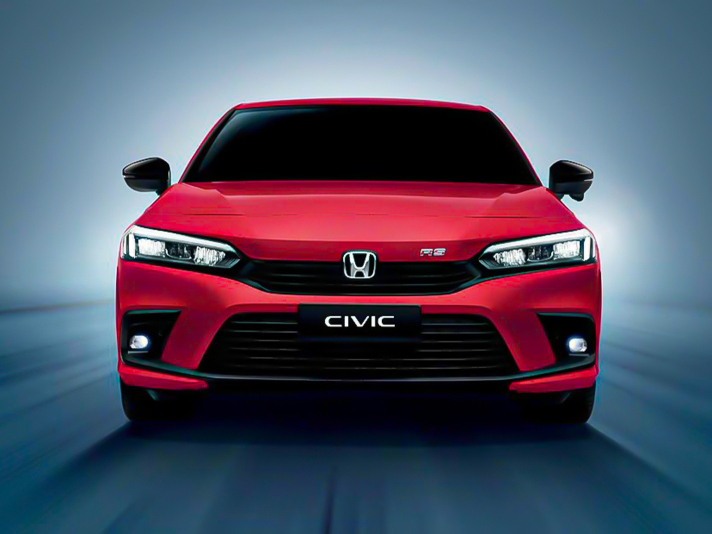
Honda Civic Interior Revealed: A Comprehensive Analysis of Civic’s Interior Charm
Kevin WongJul 10, 2025
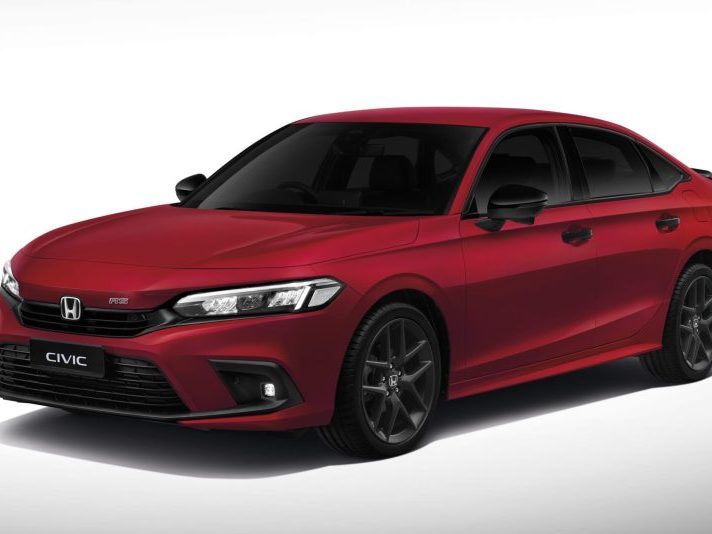
Honda Civic Price Revealed: The Most Detailed Buying Guide!
AshleyApr 8, 2025
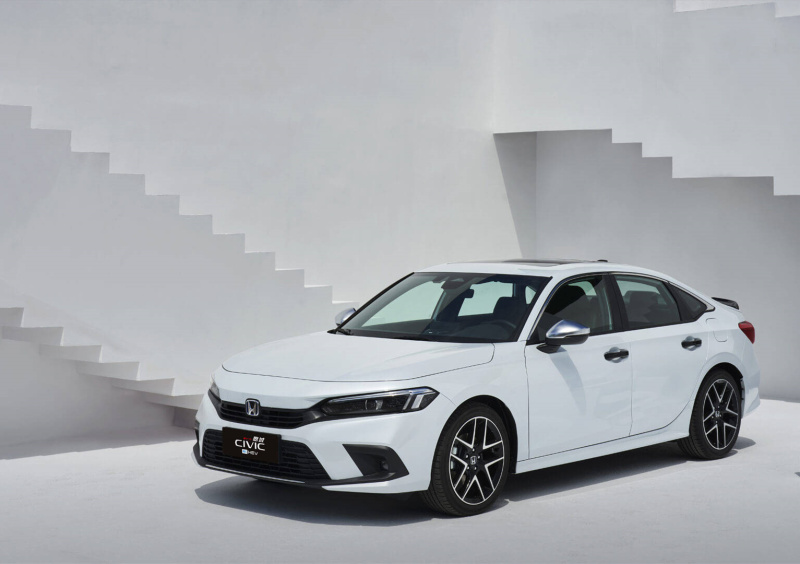
Whether it's about appearance or handling, why do young people all like Honda Civic?
WilliamSep 24, 2024
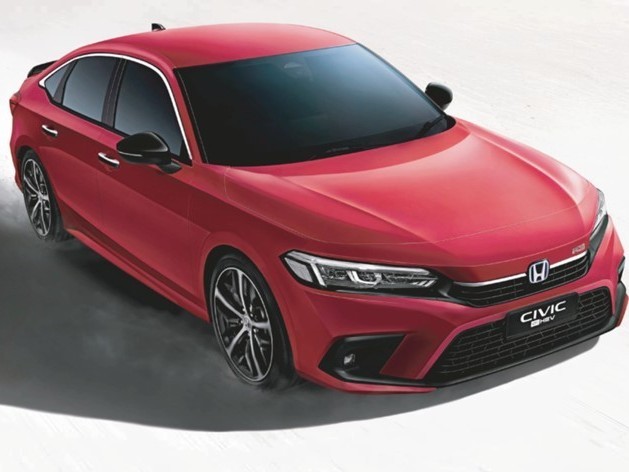
2022 Honda Civic: Hybrid car with the fastest acceleration, lowest fuel consumption, who says eco-friendly cannot be fast
JohnSep 3, 2024
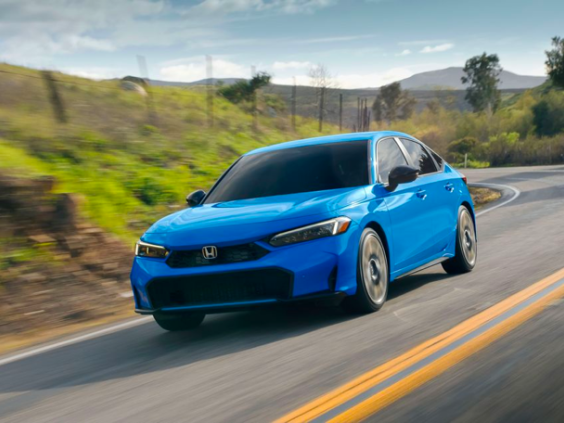
2025 Honda Civic debuts, minor changes in appearance, has 1.5 Turbo model been discontinued?
LienMay 22, 2024
View More







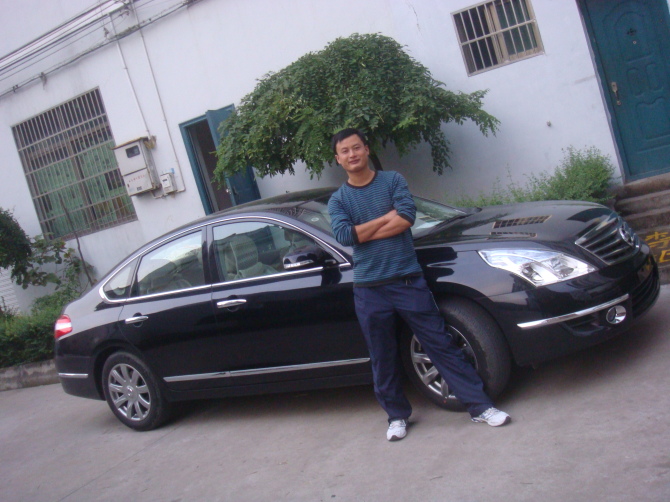

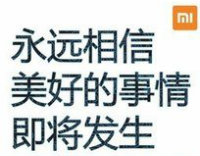


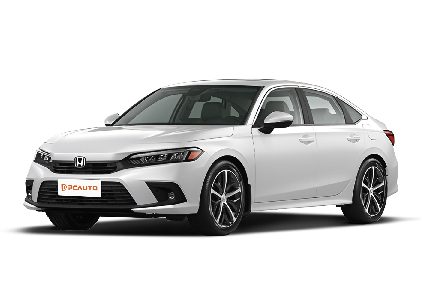
 Cars
Cars




Pros
Cons